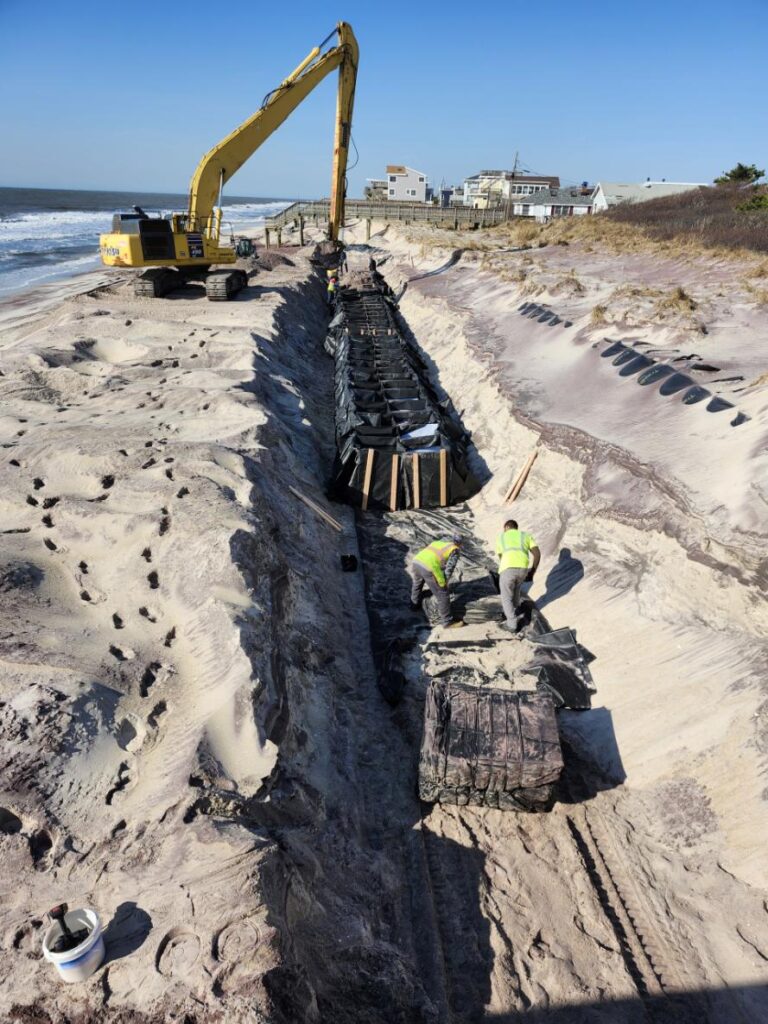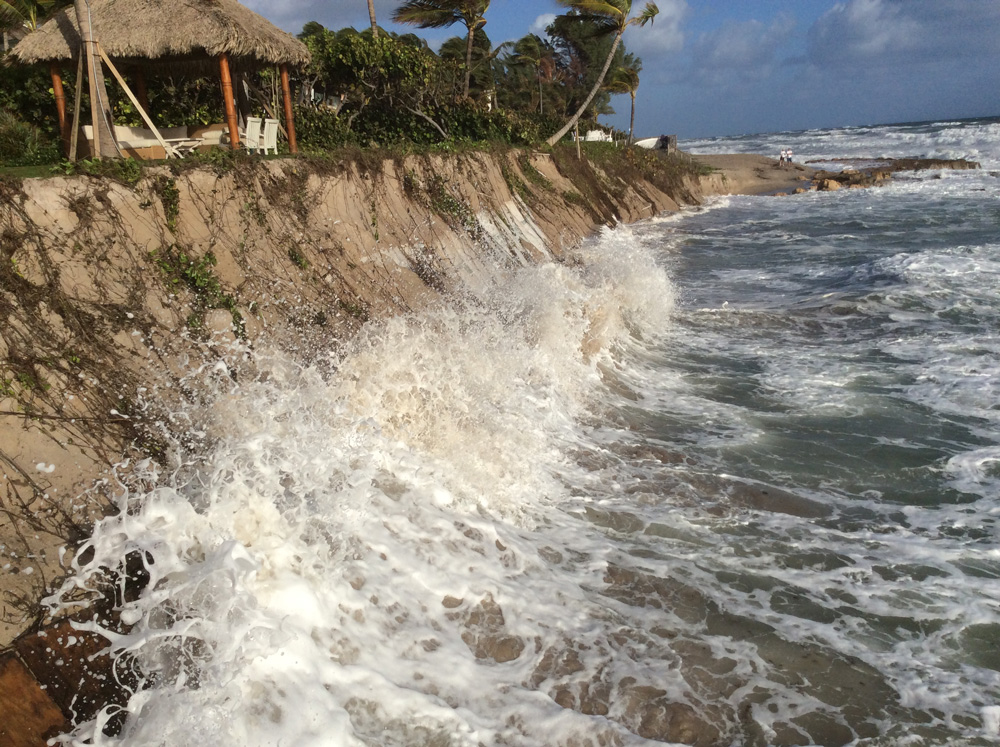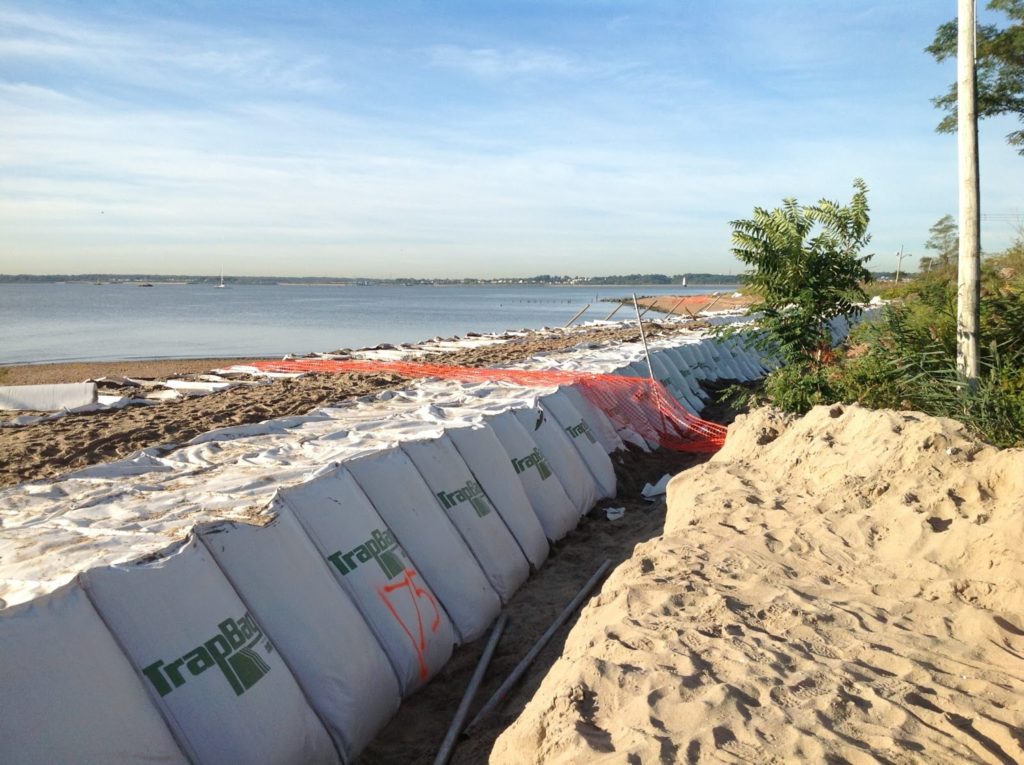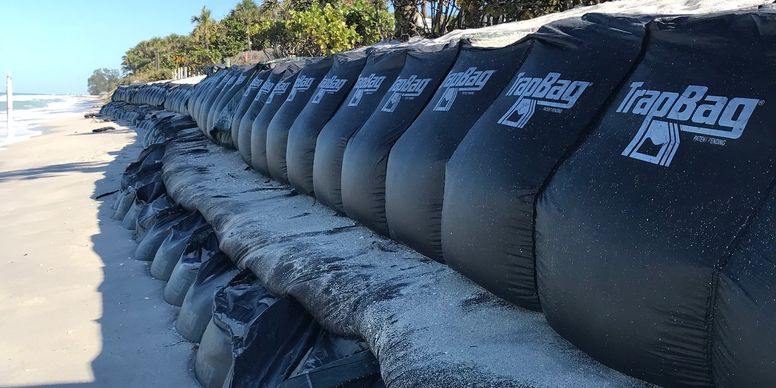Dune Preservation and Erosion Control Methods
Dune preservation is essential to preventing erosion from damaging homes, businesses, and the local ecosystem. Learn about essential dune protection methods.

Sand dunes are an iconic part of many coastlines, but they’re also a vital part of the local ecosystem. Dune preservation is a small amount of work that will pay off by protecting your coastline for years to come.
The Importance of Dune Preservation
Dunes serve as a natural defense mechanism against erosion, helping to maintain the integrity of shorelines and prevent land loss. The habitats they create provide a unique environment for various plant and animal species, which contributes to biodiversity and ecosystem health.
Dunes naturally change over the years due to wind and rain, which can lead to erosion. But that process can also be accelerated by major storms or by human intervention, such as the removal of vegetation. Construction is another leading cause of dune erosion, which is why it’s important to follow best management practices to reduce environmental impacts during construction projects.
Climate change has also quickened the rate of sand dune erosion as it leads to higher water levels. All over the world, dunes are under heavy attack from higher sea levels and more severe weather conditions as a result of the continuous process of global warming.

How to Protect Sand Dunes from Erosion
Dune management typically involves stabilizing the dune to prevent continued erosion. There are several dune stabilization techniques, and the right one will depend on the shape of your shoreline, the source of the erosion, and the makeup of your dunes.
Beach Nourishment
Beach nourishment involves adding sand to eroded beaches and dunes to replenish their natural sediment supply. This process helps restore the height and width of dunes, improving their ability to withstand strong waves and storm surges. Communities around the world have successfully employed beach nourishment to safeguard their coastlines, but it won’t always solve the problem long term. In order to prevent the new sand from eroding back into the water again, you’ll need to apply some additional dune preservation techniques.
Vegetation
Strategic planting of vegetation is a natural and sustainable way to protect against erosion. The roots of coastal plants play a crucial role in holding sand the sand in place and preventing it from being carried away by wind or water. Native plants that have adapted to coastal environments are often the best choice, as they are well-suited to the local conditions and contribute to the overall health of the ecosystem.
Flood Barriers
Installing flood barriers is another effective method to protect sand dunes from erosion caused by storm surges. These barriers act as a first line of defense, reducing the impact of waves and preventing the loss of sand. They are particularly beneficial in areas prone to frequent storms and hurricanes. There are many different types of flood barriers, but the best should be flexible to use in a variety of situations, easy to store, and quick to deploy.
How to Use TrapBag for Dune Protection
TrapBags can be used in a variety of ways to protect and preserve dunes. By installing a TrapBag® barrier system inside the dune core, the erosion of the dune can be slowed down drastically or even brought to a halt. They can also be used to build a wall that will protect the dunes from erosion while you employ additional sand dune protection techniques such as restoring sand and planting vegetation.

Examples of Successful Dune Protection Efforts
Kenya
Geotextiles EA worked with TrapBag to protect beach dunes from erosion in Kenya. TrapBags were especially useful in the region because specialized equipment was unavailable and environmental regulations restricted the planting of many types of erosion-preventing plants. Instead, a team of workers was able to deploy an effective TrapBag barrier using only manual labor.
TrapBags were used to build a wall in front of a hotel that was experiencing heavy erosion in Watamu. Not only did they create an elevated beach for visitors to still see the ocean with ease, but they were also coated to match the color of the sand, helping them blend in with the natural environment.
While previous dune preservation methods cause pollution due to rubble from deteriorating walls, TrapBags allow for native vegetation to grow over the wall. The wall was also designed to have no harmful impact on turtle nesting on the beach.
Florida
TrapBags also protected turtle nesting on the beaches of Volusia County, Florida in the aftermath of Hurricanes Ian and Nicole. The county installed 6,400 feet of TrapBags as an erosion prevention and dune stabilization method. It also allowed officials to bring in more than 1 million cubic yards of sand to rebuild the dunes along the coastline.
TrapBags also protected homes and businesses in the region from further damage and destruction after the significant erosion caused by the hurricanes.
Get a Quote on TrapBags
Interested in learning how TrapBags can aid your dune preservation efforts? Reach out to the staff at TrapBag today.

